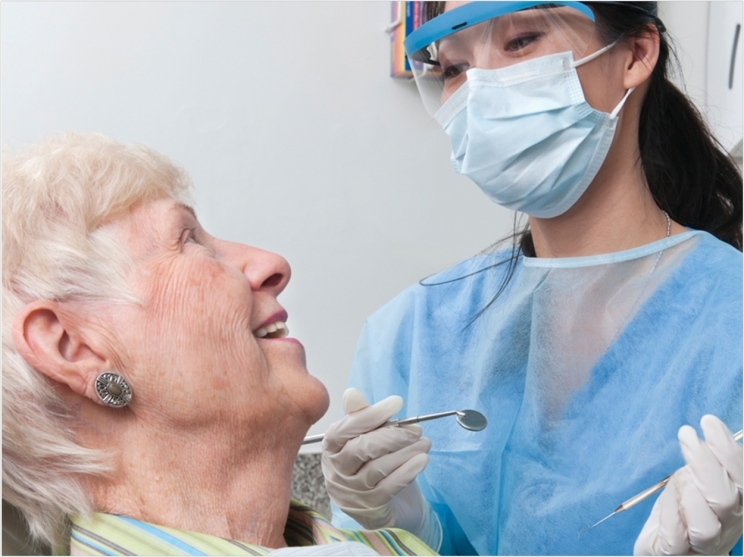
The oral bacteria Porphyromonas gingivalis invades neurons and triggers Alzheimer’s-like neuropathology, according to research funded by the clinical stage biopharmaceutical company Cortexyme.
“P gingivalis is best known for its role as a primary driver of chronic periodontal disease, but researchers at Cortexyme and independent labs around the world have assembled a compelling body of data on its ability to infiltrate the brain and cause pathology characteristic of Alzheimer’s disease,” said Cortexyme chief executive officer and cofounder Stephen Dominy, MD, coauthor of the study.
“This latest research strengthens the connection between P gingivalis and Alzheimer’s and underscores the importance both of studying the pathogen and targeting it with potential therapeutics such as COR388,” said Dominy.
As a Gram-negative, asaccharolytic bacterium, P gingivalis breaks down proteins for its primary source of energy by utilizing toxic virulence factor proteases known as gingipains. Previous research led by Cortexyme has demonstrated the presence of gingipains in more than 90% of post-mortem brains of patients with Alzheimer’s disease.
Cortexyme and other researchers also have shown in animal models that P gingivalis results in brain infection and classic Alzheimer’s disease pathology including neurodegeneration, inflammation, beta-amyloid, and tau pathology.
In the latest study, researchers demonstrated for the first time in vitro that P gingivalis can invade and persist in human neurons expressing active gingipains and that these P gingivalis-infected neurons display signs of Alzheimer’s-like neuropathology, including:
- Disruption of the cytoskeleton, which is critical for proper cellular function
- Degradation of tau protein and increased tau phosphorylation, a key regulator of axonal transport mechanisms
- Accumulation of intraneuronal autophagic vacuoles and multivesicular bodies, suggestive of disruption of lysosomal function
- Synapse loss, which is one of the earliest pathological events in the onset of Alzheimer’s disease
“This research sheds new light on the ability of P gingivalis to persistently infect and trigger Alzheimer’s-like pathology in human neurons, providing additional evidence for the gingipain hypothesis of Alzheimer’s causation that Cortexyme and our fellow researchers are aggressively pursuing,” said Casey Lynch, CEO, chair, and cofounder of Cortexyme.
“We believe gingipain inhibition has the potential to be an important, differentiated mechanism of action against AD and are committed to fully evaluating its potential in the GAIN Trial, the ongoing Phase 2/3 clinical study of COR388, our lead investigational medicine, in mild to moderate Alzheimer’s disease,” said Lynch.
The study, “Alzheimer’s Disease-Like Neurodegeneration in Porphyromonas Gingivalis Infected Neurons with Persistent Expression of Active Gingipains,” was published by the Journal of Alzheimer’s Disease.
Related Articles
Gingivitis Linked With Alzheimer’s Disease
Another Study Links Alzheimer’s Disease With Oral Bacteria
Salivary Biomarkers May Indicate Alzheimer’s Risk



